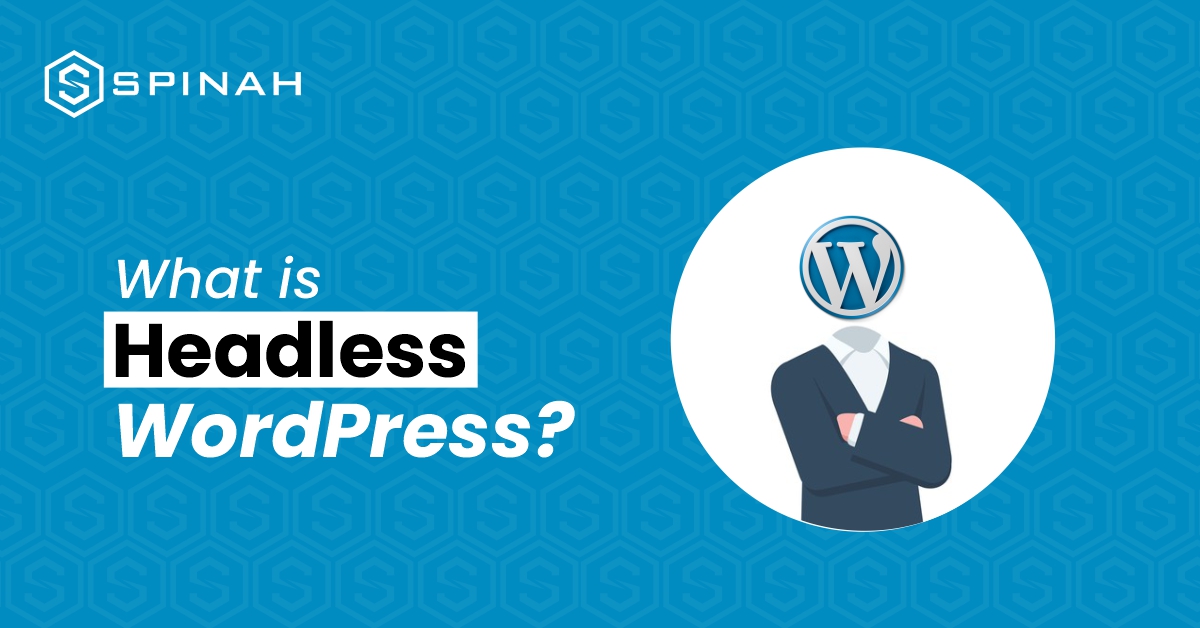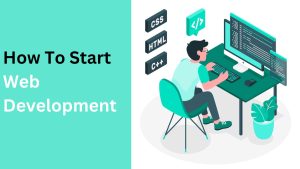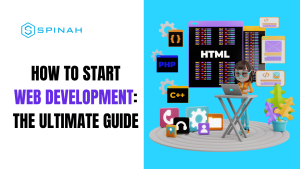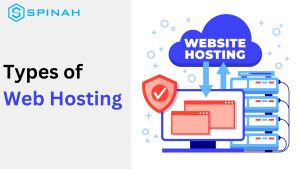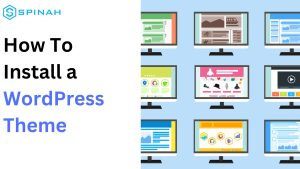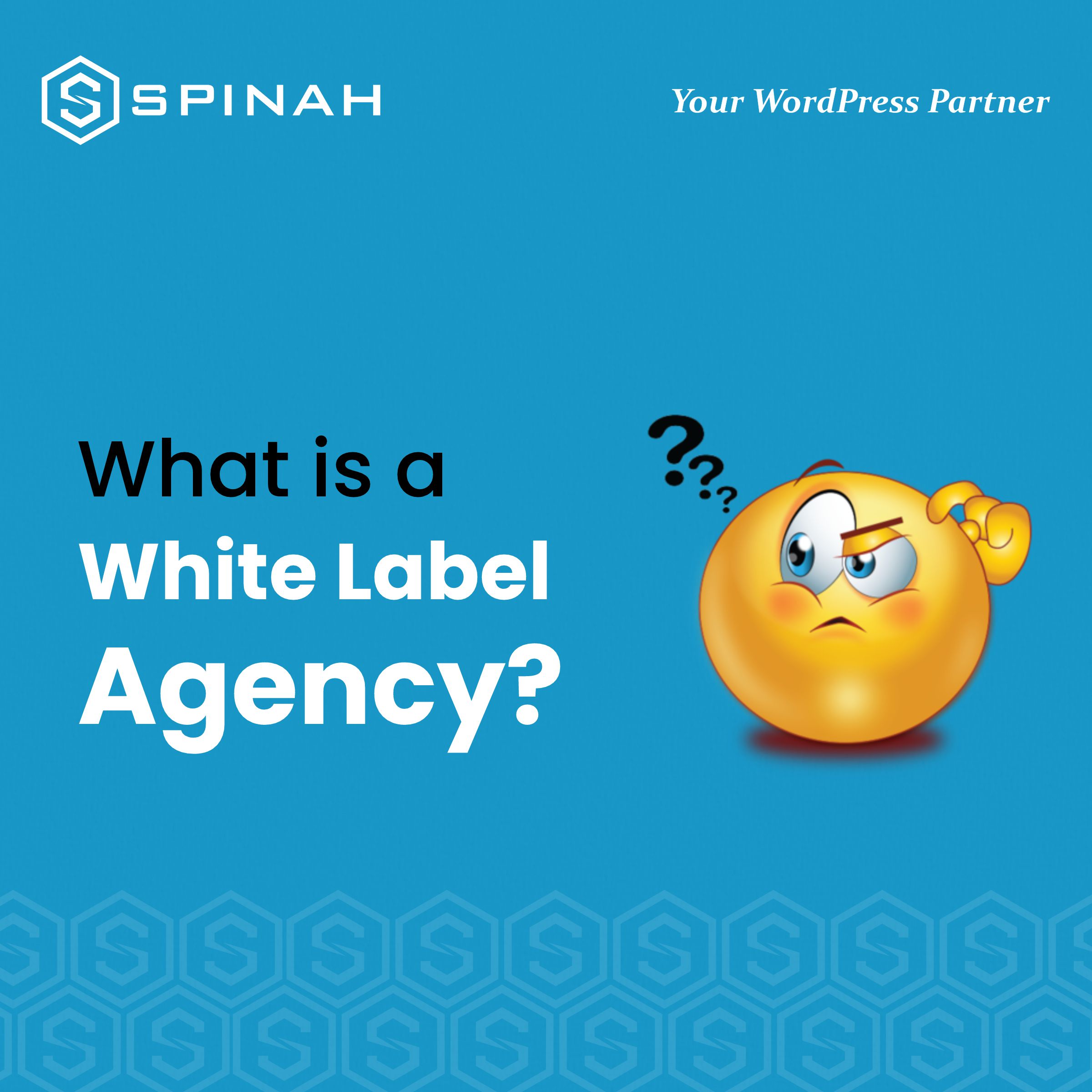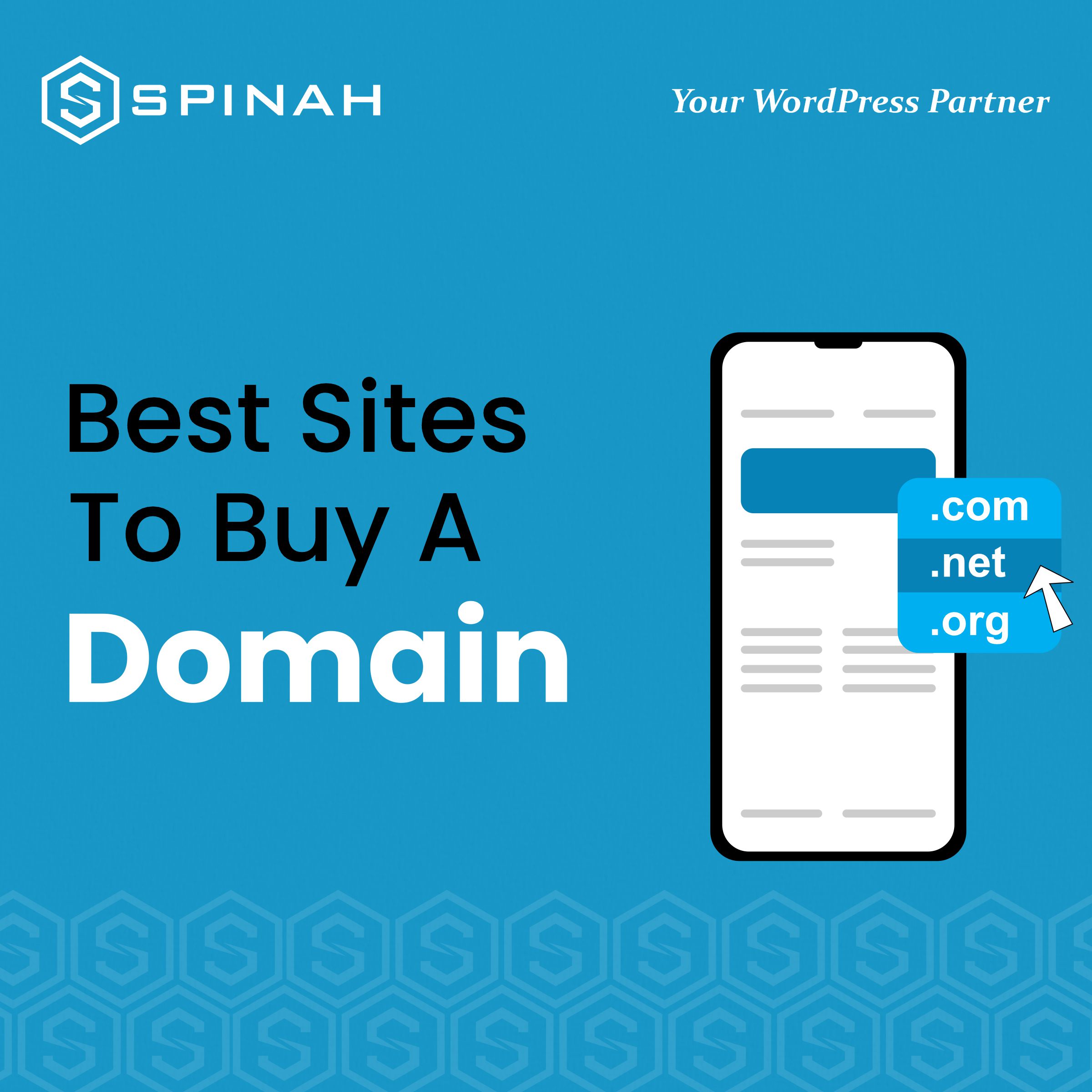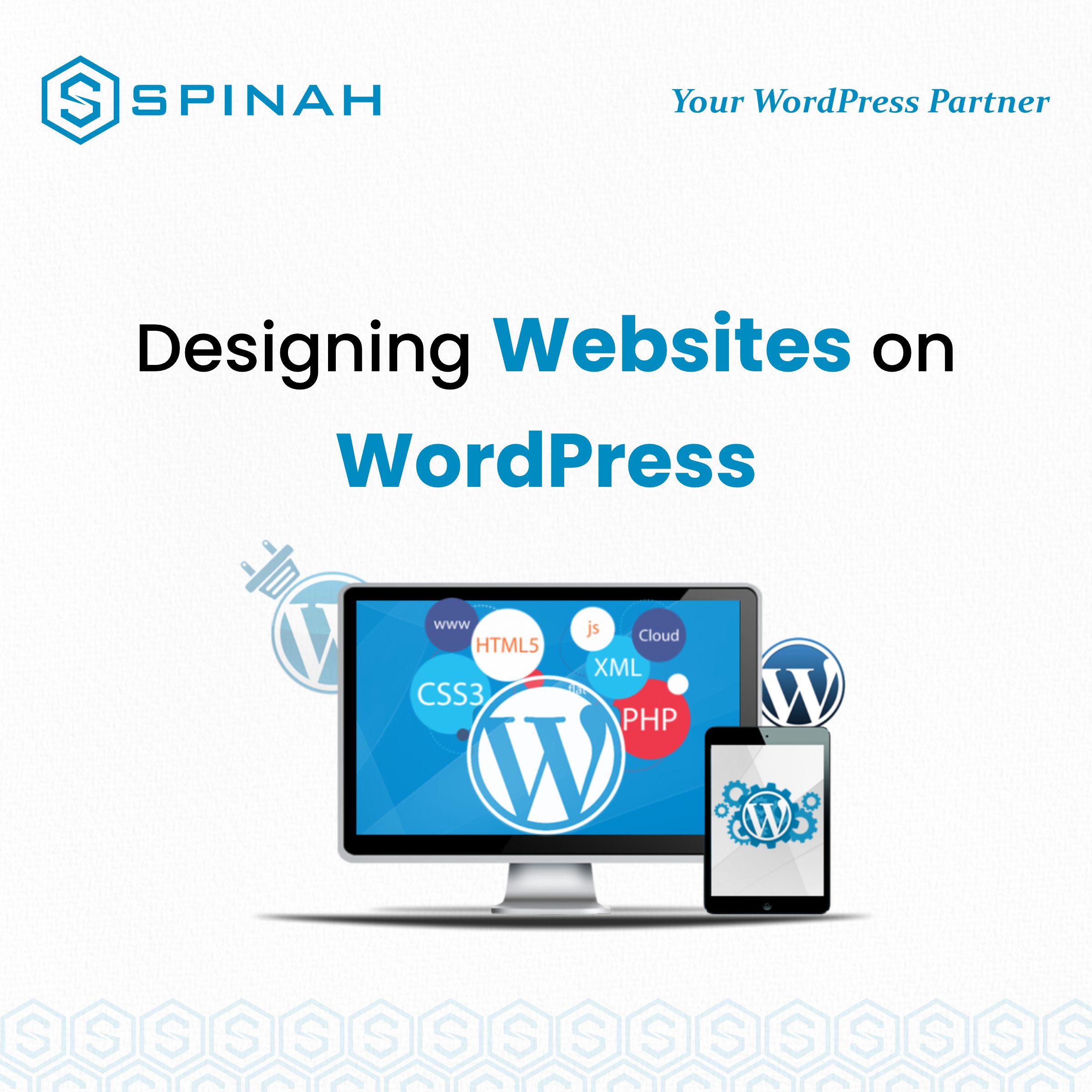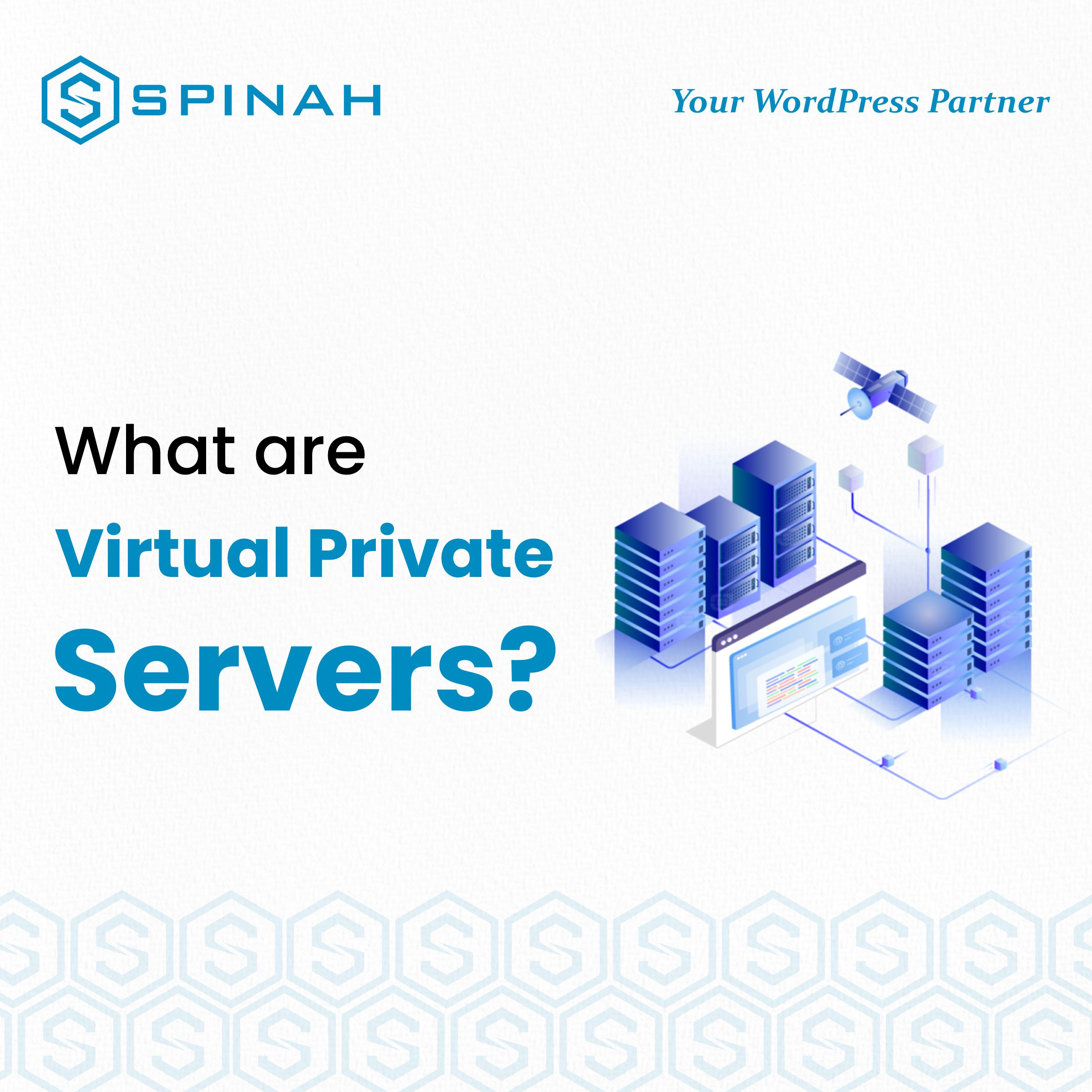WordPress is one of the most popular content management systems (CMS) used today, powering millions of websites worldwide. But what if you want to take it further and go headless with WordPress?
In this article, we’ll explore the ins and outs of headless WordPress and how it can make your web development process much easier! Let’s dig in!
What Is a Headless CMS?
A headless CMS is a management system built to deliver content through an API (Application Programming Interface) rather than generating HTML pages. This type of CMS typically uses JSON or XML as its data format, allowing users to access and manage their content from any device.
A headless CMS has no frontend tools, unlike traditional CMSs, which rely on templates to render pages. Instead, it provides an API with endpoints (or URLs) that can be used to access the content data. Developers can then use this data to create custom web or mobile applications on the client side.
What Is Headless WordPress?
Headless WordPress is a type of Content Management System (CMS) that allows developers to create, manage, and deliver content to any device or interface without needing a graphical user interface (GUI).
This is done by decoupling the backend functions of WordPress from its front-end output. In other words, headless WordPress allows developers to manage content from the WordPress admin panel while enabling them to use a different front-end framework of their choice.
This approach is becoming popular as the best choice for developers, allowing for greater flexibility and customization when creating modern digital experiences. It also allows faster deployment times since all content changes can be managed without updating the entire website.
For example, a headless content management system website might be built using JavaScript frameworks like React or Vue.js while content is managed from the backend of WordPress. This allows front-end developers to use all the features and benefits of WordPress, such as customization, scalability, and security reasons, without worrying about the front-end design and development.
Benefits of Using Headless WordPress
Headless WordPress is becoming increasingly popular among web developers and brands looking for a more streamlined and efficient way to manage their content. Here are some key benefits of utilizing a headless WordPress setup:
Quicker Development Times
A headless WordPress setup allows developers to build pages quickly, leveraging the existing WordPress framework and its content management capabilities. This reduces the time spent on development and helps ensure that pages are developed consistently.
Streamlined Workflow
By separating the backend functionality of WordPress from the frontend design, developers can focus on creating well-structured content rather than worrying about page styling. This allows for a more streamlined workflow and faster development times.
Easy Maintenance
With headless WordPress, maintenance is much easier. Instead of updating a website’s backend code and frontend design, developers only need to make changes to one part of the platform. This reduces the amount of time and money spent on maintenance.
Improved Performance
Headless WordPress websites can be delivered faster and more efficiently using API-endpoint-driven architecture. This leads to improved performance boosts and user experience.
More Scalable
Headless WordPress sites are easier to scale than traditional WordPress websites. This is because the front and back ends can scale independently, allowing developers to add more features and capabilities easily.
Drawbacks of Headless WordPress
Headless WordPress has some drawbacks that should be considered. While it can offer powerful flexibility but causes extra workload, there are a few things to consider:
Additional Maintenance
Sites running on a Headless WordPress system require additional maintenance, as they have the same components (WordPress and a web server) to be managed. For example, if the web server needs updates or security patches, it must be done separately from the WordPress core environment, which can be time-consuming and tedious. It’s like having two houses with their upkeep—double the work!
Complexity
Rendering dynamic content often requires a considerable amount of effort with headless WordPress. This is because no default user interface can create the desired data structure. Since the developer has to build it manually without proper knowledge, they may save time figuring out how to structure the data.
Higher Development Cost
Picking headless WordPress over a traditional setup requires extensive development, which will cost you. Though the initial costs of setting up a headless CMS are relatively low (as compared to buying an entire content management system), the long-term costs associated with customizing and maintaining it can be substantial.
Due to the complexity of setting up a headless WordPress CMS, developers will often charge higher hourly rates to manage the project. Furthermore, as your development team can add more features and functionality to your website/app, you may be paying additional costs for plugins, extensions, and other customizations.
Limited Support and Compatibility with Plugins and Themes
Headless WordPress does not support all existing plugins and themes, as many are designed for traditional WordPress websites. Furthermore, since headless WordPress is a relatively new technology, there needs to be more technical support available to help you if something needs to be fixed. Your content team may need to hire a developer or an experienced user group to get your help.
Examples of Companies that Use Headless WordPress
Headless WordPress has quickly become one of the most popular tools in web development and is now being used by many companies. TechCrunch, for example, uses Headless WordPress to power its website. It’s one of the biggest technology blogs on the internet and is hosted on WordPress.com VIP.
In 2018, they completely rebuilt their website using Headless WordPress to capitalize on advances in web development since their last overhaul. This allowed them to deliver a better user experience and make building future improvements easier.
Frontity, another company that utilizes Headless WordPress for its website development needs, Frontity also states that they have experienced an increase in page speed due to their use of this technology.
Finally, Beachbody On Demand, an online fitness platform, uses Headless WordPress to power its streaming service. With this technology, they can quickly and easily add new content while keeping their users engaged with the latest workout videos.
How Does Headless WordPress Work?
WordPress manages data like most content management systems and creates compelling experiences that engage and attract users. But while it has traditionally been used to provide an end-to-end web solution with a front-end user interface, Headless WordPress takes a different approach.
Headless WordPress separates the content, back-end, from the presentation or front-end frameworks. The content is managed using a WordPress backend, while the presentation layer consists of a front-end web or application interface that consumes the content from WordPress. This separation allows for more flexibility and scalability, allowing developers to create custom experiences that combine different technologies.
Content Delivery Network (CDN) is a crucial component of Headless WordPress. CDNs are a series of distributed servers that store cached versions of your website’s resources, allowing faster loading times and better reliability. With Headless WordPress, CDNs enable content to be delivered from multiple locations worldwide, ensuring all users have a fast and reliable experience wherever they access your site.
Several different types of APIs are used in Headless WordPress, allowing developers to quickly and efficiently access the data stored within WordPress without building a bulky UI. These include REST API, GraphQL, and JSON-API.
The REST API allows quick and easy access to WordPress data through a standard HTTP request. It utilizes a Representational State Transfer (REST) architecture which separates the application into different parts and exposes each part as an interface that can be interacted with to access content or services.
GraphQL is another popular API used in Headless WordPress. Unlike REST, GraphQL allows developers to define their queries to more easily access the specific data they need. This increases efficiency and makes it easier for developers to create streamlined applications.
Lastly, JSON-API is an alternative API that utilizes what is known as “resource objects” to make content stored within WordPress accessible via a uniform interface. This makes accessing and modifying items like posts, pages, users, and more accessible.
Tips For Getting Started with Headless WordPress
Headless WordPress is an exciting and innovative way to use the popular content management system. It gives developers more freedom to create custom applications and provides users with a unique experience, so here are some tips to get you up and running:
- First and foremost, you must ensure your server can run Headless WordPress. Many hosting providers support Headless WordPress, but if yours doesn’t, you might have to look into setting up a virtual machine with the necessary components.
- Once your environment is ready, it’s time to start building. Setting up the basic architecture of your Headless WordPress site is relatively straightforward, but it’s essential to understand how all the components fit together and work before you start coding.
- Once you understand the various pieces well, you can start customizing and building your application. Since Headless WordPress is only the back end, you’ll need to use a client-side framework like React, Vue.js, or Angular to create the front end.
- Lastly, don’t forget about testing and debugging! Testing your Headless WordPress site is essential to ensure that everything works as expected and that any bugs or issues are caught quickly.
FAQs
Yes, WordPress can be used as a headless CMS.
The term “headless” is used because the front-end part of the website (the part users interact with) is separate from the back end (the data repository). This allows developers to create a “headless” system where the content can be accessed without rendering the website.
Yes, Shopify uses the headless setup. It allows developers to create eCommerce websites with its API, and customers can interact with the website through the front end.
Headless CMSs are great for SEO, as they efficiently provide content to be indexed. This means that search engines can crawl the content faster, and it can be more easily optimized for better rankings.
Yes, headless systems do not have a GUI. They are operated with the help of application programming interfaces (APIs).
Conclusion
The headless WordPress approach is an exciting development for the platform and allows for a wide range of customization. It is feasible for businesses to build custom digital experiences at scale. A headless WordPress setup can benefit web developers, content creators, and digital marketing teams.
Although there are drawbacks to using a headless approach, it does provide an opportunity for more agile and cost-effective website development.
Before taking the plunge with headless WordPress, it’s essential to understand the implications of such an approach. With the proper knowledge and due diligence, you can take a bite out of headless WordPress.

